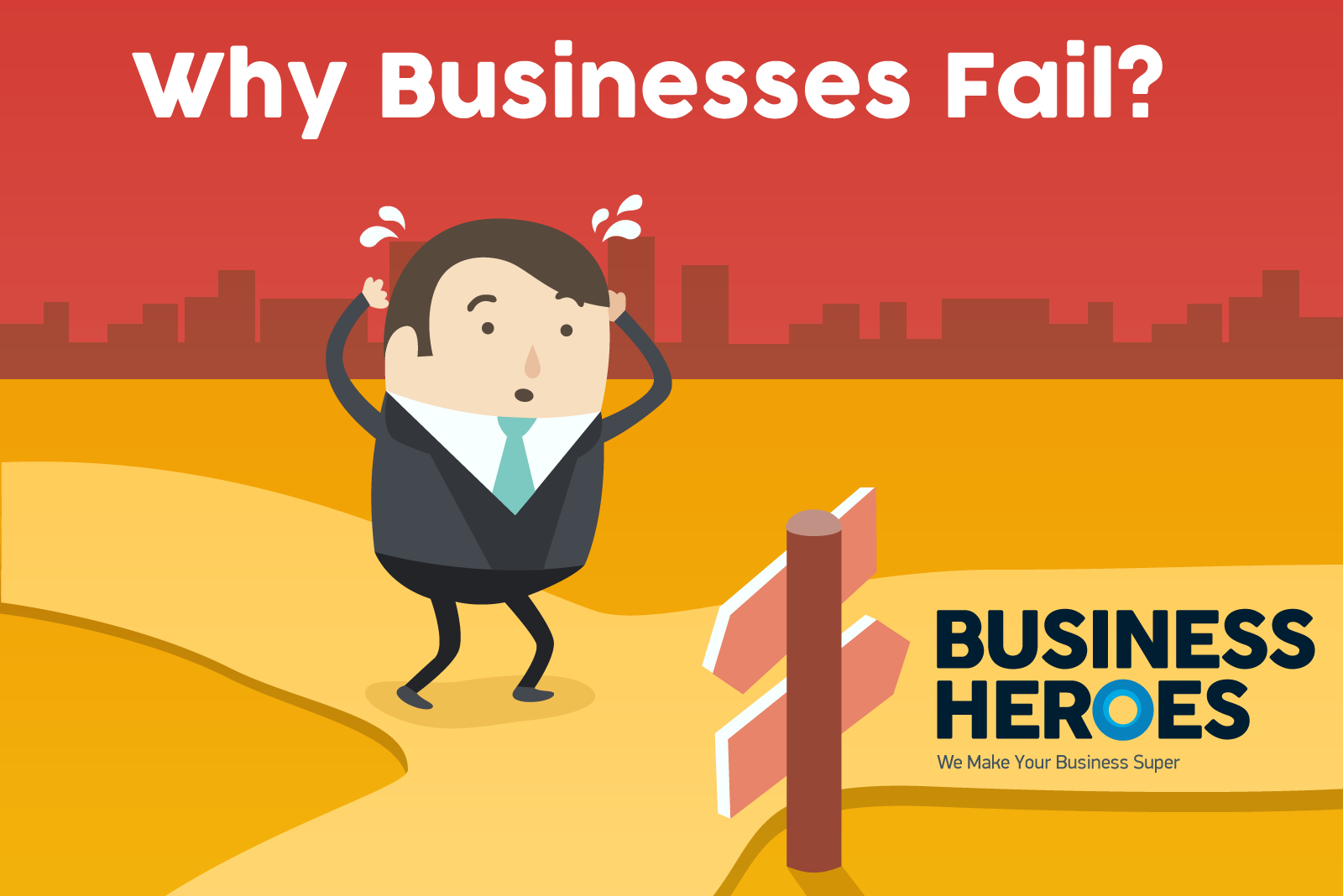The business world is highly competitive, and to stand out, organizations must build a strong brand that resonates with their target audience. A well-defined, consistent, and engaging brand will not only help you establish a bond with potential customers but also foster long-term loyalty and promote growth. In this article, we outline some essential tips on how to brand your business to achieve maximum success and profits.
- Identify Your Unique Selling Proposition (USP)
One of the core elements of successful branding is identifying your USP. Your USP is the unique value or feature that distinguishes your products or services from those of your competitors. To define your organization’s USP, consider the following questions:
- What sets your business apart from your competitors?
- What benefits do customers gain from your products or services?
- How do your products or services address customers’ pain points or challenges?
Once you’ve articulated your USP, make it the cornerstone of your branding strategy, influencing your messaging, visuals, and overall brand positioning.
- Define Your Target Audience
Understanding your target audience is essential in crafting a tailored branding approach. Conduct thorough market research to gather key insights into your prospects and customers. Assess their demographics, preferences, behavior patterns, and values. This information will enable you to create a buyer persona that helps focus your branding strategy.
- Craft a Compelling Brand Story
Weaving a memorable and appealing brand story emphasizes the emotional aspects of your brand and evokes a deeper connection with customers. Your brand story should revolve around your company’s origins, values, and purpose. Through storytelling, aim to humanize your brand and showcase your unique identity.
- Develop a Consistent Visual Identity
Your visual identity comprises the logo, color schemes, typography, and other design elements that represent your brand. Work with experienced designers to create a visually appealing, memorable, and consistent visual identity. These elements should reflect your brand personality and resonate with your target audience.
- Implement a Cohesive Brand Voice
Your brand voice is the way your organization communicates with its customers through written and spoken words. Whether it is playful, professional, or compassionate, a consistent brand voice is crucial in ensuring your messages resonate across all channels. Benchmark against your competitors and let your USP inform your choice of brand voice.
- Engage Customers Through Content Marketing
Content marketing helps position your brand as a valuable resource by delivering relevant, useful, and engaging information. Share content across various platforms such as blogs, social media, podcasts, and videos, as these platforms offer a wider reach and increased visibility. In addition, providing actionable insights and expert knowledge in your content will establish your brand as a thought leader within your industry.
- Monitor and Adapt
After implementing your branding strategy, monitor its performance and relevance regularly. Assess key metrics such as engagement, brand sentiment, and conversion rates to determine whether your strategy is working or needs adjustment. Stay attentive to changes in market dynamics, consumer preferences, or competitor activities to ensure your branding strategy remains effective and drives business growth.
Conclusion
In the highly competitive business landscape, successful branding can be the crucial differentiator for business growth, customer loyalty, and profitability. By identifying your unique selling proposition, defining your target audience, and creating a compelling brand story, visual identity, and brand voice, you’ll set the stage for maximum success and profits. Evolve your branding efforts by continuously monitoring their effectiveness and adjusting your strategies to keep them in sync with market dynamics and customer preferences.












